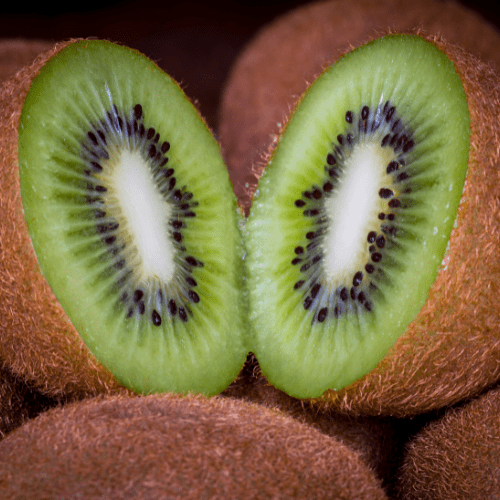Position
Nova naartjie tree does well in cooler conditions and suffers in hot, humid climates. Still, they thrive in full sun and cannot tolerate frost at all. Plant them about 5 metres away from other trees.
Size
This tree reaches a mature height of between 3 and 4.5 metres, with a canopy spread of 4.5 metres.
Soil Type
Because citrus trees’ roots require more oxygen than other trees, it’s important to plant them in well-draining soil that stays moist, but does not become waterlogged. A pH of between 6.0 and 7.0 is ideal.
Mulch
To retain the moisture in the soil, use organic mulch around the tree, extending it as far as the roots go. Our pine bark mulch is perfect for citrus trees. Just be careful not to put it around the tree trunk itself, as this will cause water to accumulate there, and the tree may soon rot.
Watering
Water this tree once every 10 to 14 days in summer and every 2 to 3 weeks in winter for about 45 minutes if the top 2.5 to 5 centimetres of the soil is dry. Generally, they thrive when they are flooded with water and then allowed to dry out completely before the next watering. Never overwater your nova naartjies.
Fertilising
Feed these trees in March, July and December with a well-balanced fertiliser. When the tree is young, give it 300 grams of fertiliser on each application. As it matures, increase that to 500 grams. Utilising our slow-release fertiliser is a must for citrus:
Pruning
As with all citrus trees, the nova naartjies can be left to grow without much pruning. If branches are diseased or dead or ones that get in the way of a pathway, those can be cut away.
Pest and Disease Managemen
It is important to watch out for pests like aphids, scale insects, and mites. Remove leaves that are bubbly and dispose of them immediately. We recommend Effective Microorganisms to prevent the spread of these pests and diseases. Hose the tree first, to remove the aphids, and then spray well with EM Control. As they tree grows larger it will be healthy and pests will be a thing of the past.
Harvesting – Pick your gorgeous, sweet naartjies in May and June, when their skins are orange with no green on them.






